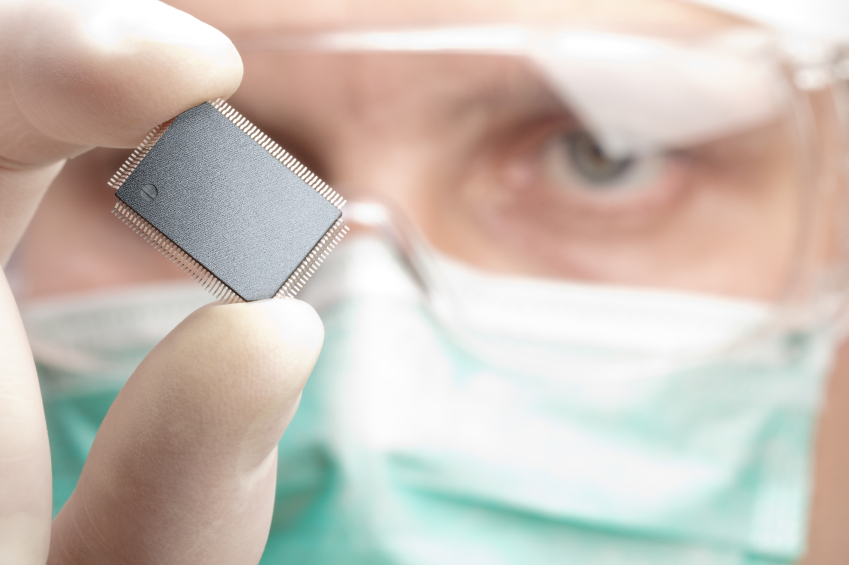Monkeys have regained control of their paralysed leg thanks to a wireless interface between the brain and spine. This is a “neuroprosthesis” developed by an international consortium led by the Ecole Polytechnique de Lausanne (Swiss Federal Institute of Technology – EPFL) in Switzerland. The results of their experimental validation in animals were published yesterday in the Nature journal. A clinical trial has already been initiated at Lausanne University Hospital to test the therapeutic effects of this neuroprosthesis in patients suffering from spinal cord injuries. It is directed by neurosurgeon Professor Jocelyne Bloch.
The neuroprosthesis system acts “like a wireless bridge between the brain and the walking centres located in the spinal cord, thus bypassing the injury”. The interface comprises a brain implant (a chip placed on the motor cortex), a recording system, a computer, an implantable stimulator and a spinal implant (sixteen electrodes surgically placed in precise locations along the dorsal section of the lumbar spinal cord).
“This is the first time that neurotechnology has restored movement in primates but there are many challenges facing us. It may take several years before all of the components used in this procedure can be tested on humans,” commented neuroscientist, Grégoire Courtine, who led the research.
Jean-Yves Nau (10/11/2016); Psychomedia (9/11/2016)

